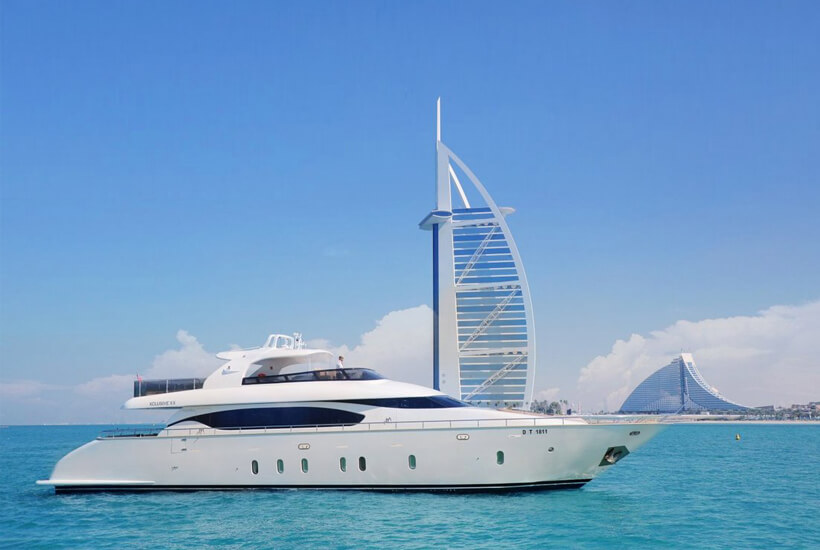A Look at Sustainable Housing Developments in the Dominican Republic
Introduction to Sustainable Housing
Sustainable housing, an umbrella term that encapsulates green construction, energy efficiency, and eco-friendly design, has taken center stage in the global housing industry. Why Sustainable Housing? Well, it’s quite simple. As humans, our survival hinges on the health of our planet. And given that our residences contribute significantly to global carbon emissions, it becomes imperative to transition to sustainable housing. It’s not just about the planet; it’s about our future.
The State of Housing in the Dominican Republic
The Dominican Republic, known for its beautiful beaches and tropical climate, also grapples with housing challenges. The country’s growing population has led to an increased demand for housing, with many of these needs going unmet due to economic and infrastructural constraints. This reality is exacerbated by the fact that much of the available housing is not constructed to withstand the country’s frequent storms and hurricanes.
The Drive Towards Sustainability here isn’t a luxury—it’s a necessity. And in response to these challenges, a new wave of sustainable housing developments is taking root in the Dominican Republic, aiming to provide safe, affordable, and environmentally-friendly living conditions.
Sustainable Housing Developments in the Dominican Republic
Among the many developments, two stand out: Casa Linda City and Samaná by the Sea.
Casa Linda City
Located on the north coast, Casa Linda City integrates sustainability into its design philosophy. Design Features include energy-efficient appliances, locally-sourced construction materials, and designs that reduce the need for air conditioning by maximizing natural ventilation. The Environmental Impact is considerable: reduced carbon emissions, minimal disturbance of the natural landscape, and a tangible commitment to sustainability.
Samaná by the Sea
Further east, Samaná by the Sea takes the concept of sustainable living even further. Design Features here are more advanced, including solar panels, rainwater collection systems, and waste recycling initiatives. The Environmental Impact is twofold: while reducing the carbon footprint, these initiatives also educate residents about sustainable living practices.
The Future of Sustainable Housing in the Dominican Republic
As these initiatives demonstrate, sustainable housing in the Dominican Republic has a bright future. However, much depends on Policy Influences. Governments, both local and national, need to foster favorable conditions for the proliferation of sustainable housing, perhaps through tax incentives or favorable zoning laws.
Moreover, the Potential Benefits are immense. Beyond the obvious environmental impact, sustainable housing can also promote economic growth, job creation, and improved living conditions for residents.
Conclusion
The Dominican Republic stands at an important crossroad. As the country wrestles with housing challenges and environmental concerns, sustainable housing emerges as a compelling solution. Developments like Casa Linda City and Samaná by the Sea show that it is possible to construct houses that are eco-friendly, durable, and affordable. With the right policies and public support, the future of housing in the Dominican Republic can indeed be sustainable.
FAQs
1. What is sustainable housing?
Sustainable housing refers to homes that are designed to minimize their impact on the environment through energy efficiency, the use of eco-friendly materials, and designs that adapt to local climatic conditions.
2. What sustainable housing developments exist in the Dominican Republic?
Some examples include Casa Linda City and Samaná by the Sea, both of which incorporate various sustainable practices into their design and operation.
3. How does sustainable housing help the environment?
Sustainable housing helps the environment by reducing carbon emissions, conserving resources through efficient use, and minimizing waste through recycling initiatives.
4. What role can the government play in promoting sustainable housing?
The government can create favorable conditions through policies like tax incentives, favorable zoning laws, and programs that educate the public about the benefits of sustainable housing.
5. What are the benefits of sustainable housing?
Beyond environmental benefits, sustainable housing can also promote economic growth, job creation, and improved living conditions for residents.
